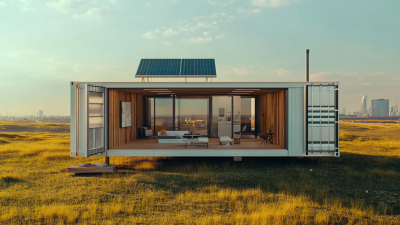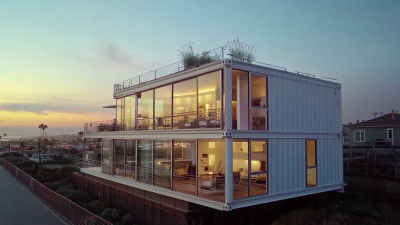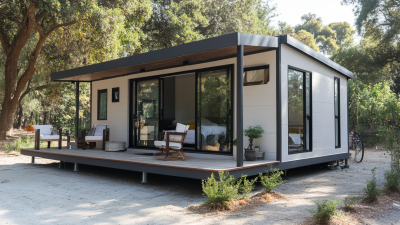In recent years, the construction industry has faced increasing scrutiny for its environmental impact, leading to a surge in the popularity of sustainable practices. One promising solution is the use of Modular Container Homes, which not only offer innovative design but also significantly contribute to waste reduction. According to a report from the UN Environment Programme, the construction sector is responsible for approximately 39% of global carbon emissions, with 11% of these emissions coming from materials and construction waste. By incorporating prefabricated modular designs and repurposed shipping containers, builders can optimize resource use and minimize waste generated on-site. This approach not only cuts down on traditional building materials but also reduces landfill contributions, aligning with the goals outlined in the Global Sustainability Goals for affordable housing. As urbanization continues to escalate, adopting Modular Container Homes presents a viable and eco-friendly alternative for future construction projects, promoting a smarter, more sustainable path forward.
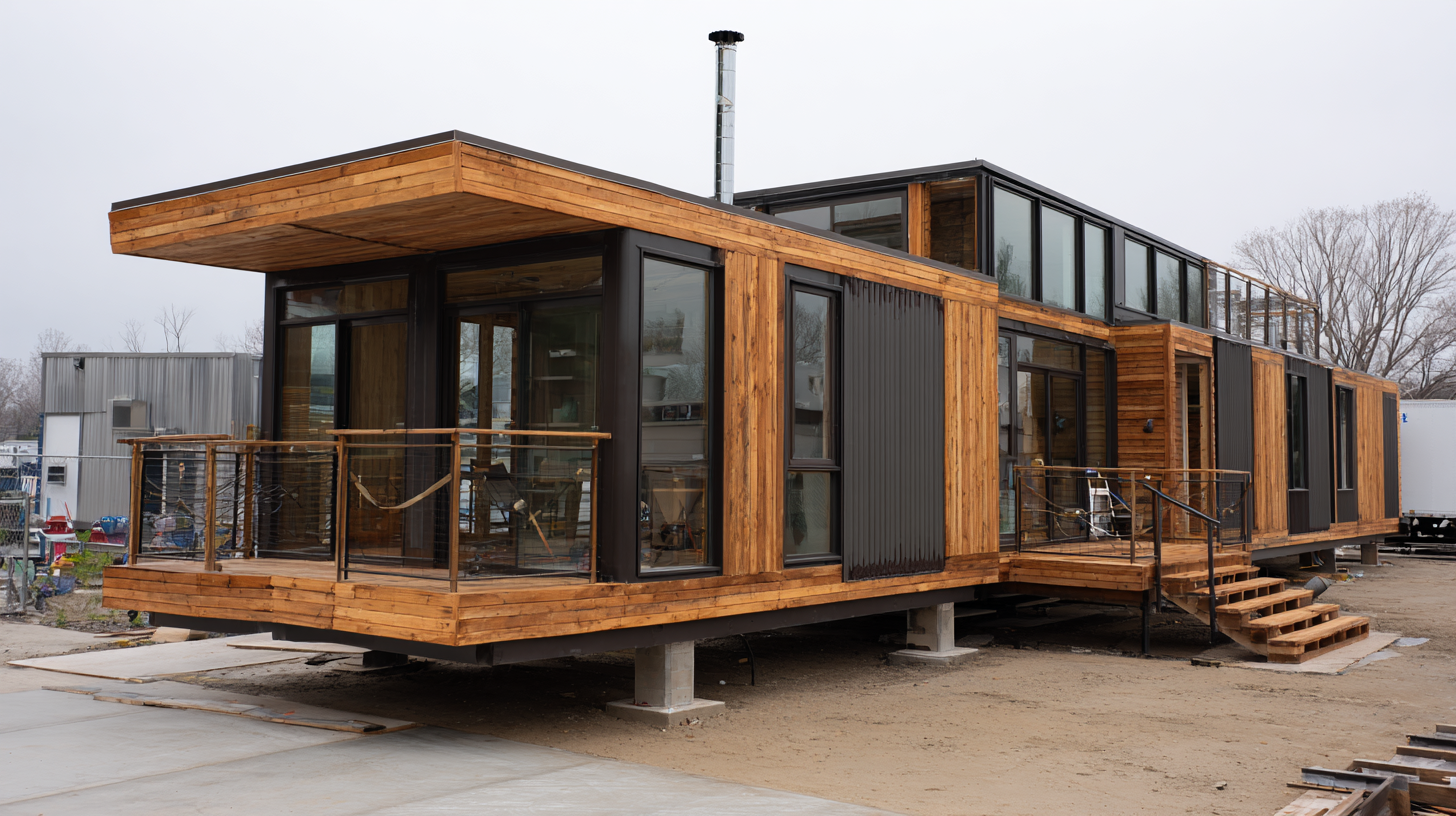
Modular container homes offer a unique approach to sustainable living, seamlessly blending innovative design with eco-friendliness. One of the primary benefits of these structures is their ability to significantly reduce construction waste. Traditional construction methods often result in excess materials being discarded, whereas modular container homes utilize existing shipping containers, minimizing the need for new materials. By reusing these containers, builders not only decrease waste but also cut down on the carbon footprint associated with manufacturing new building materials.
Additionally, the modular nature of container homes allows for efficient construction processes. These homes can be prefabricated off-site and then assembled quickly on location, reducing time and labor costs. This efficiency fosters a faster turnaround, enabling more homes to be built with less impact on the environment. Furthermore, the adaptability of modular designs allows these homes to be tailored to specific needs while maintaining a focus on sustainability, with options for energy-efficient appliances and renewable energy sources. By embracing this innovative building method, we can pave the way for a more sustainable future in housing.
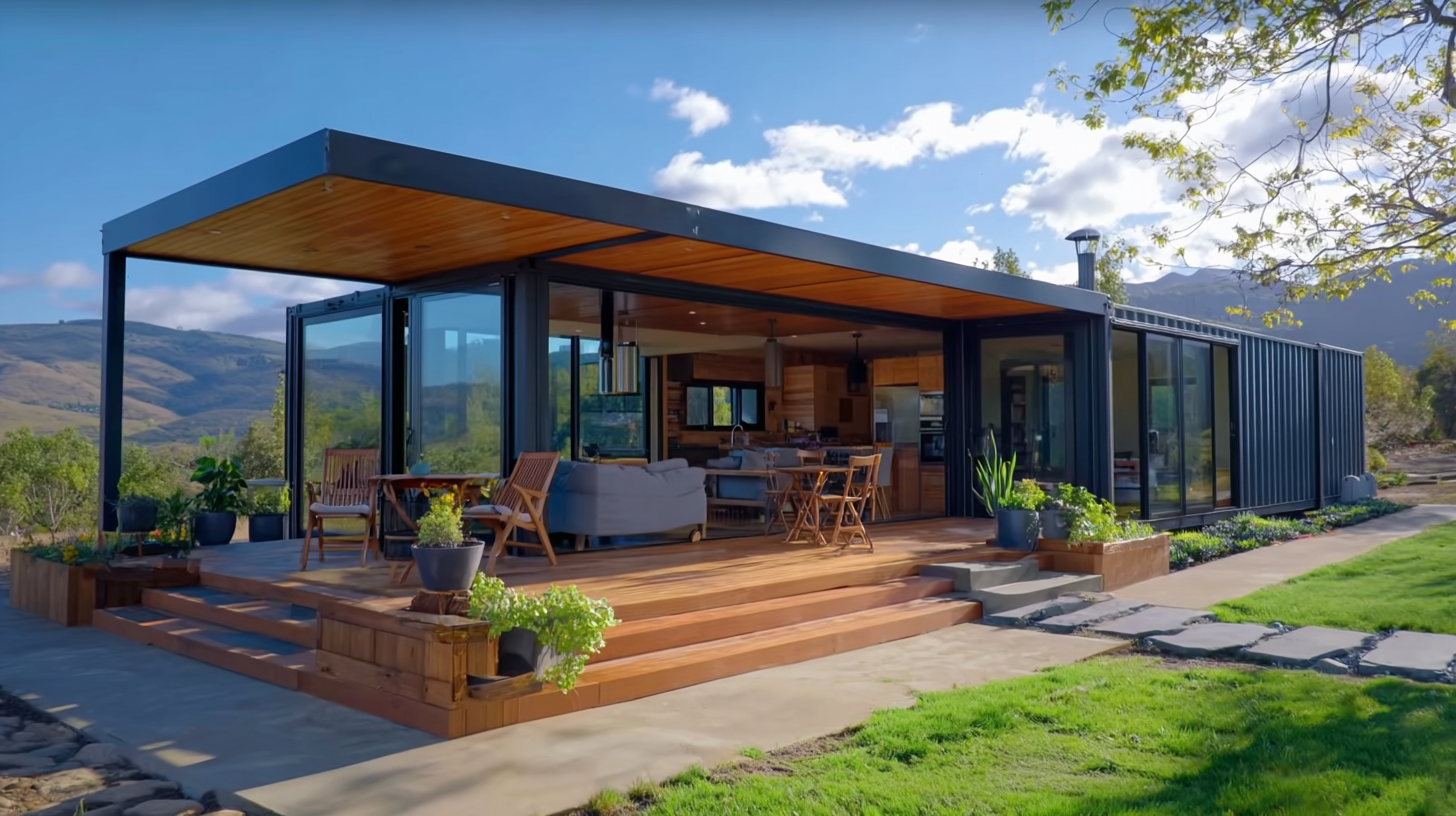
In the quest for sustainable modular container homes, selecting eco-friendly materials is paramount. Materials like recycled steel, which is both durable and energy-efficient, play a crucial role in minimizing the environmental impact of construction. By opting for reclaimed wood and bamboo as structural elements or finishes, builders can further enhance sustainability. These materials are not only renewable but also contribute to a lower carbon footprint, making them ideal choices for eco-conscious developers.
Additionally, incorporating insulating materials such as cellulose or sheep wool ensures that these homes maintain energy efficiency, reducing reliance on heating and cooling systems. Utilizing low-VOC paints and finishes also helps improve indoor air quality, which is essential for the health of the inhabitants. By prioritizing eco-friendly materials, the construction of modular container homes can align closely with sustainability goals, ultimately leading to a greener, more responsible building practice that benefits both the environment and future generations.
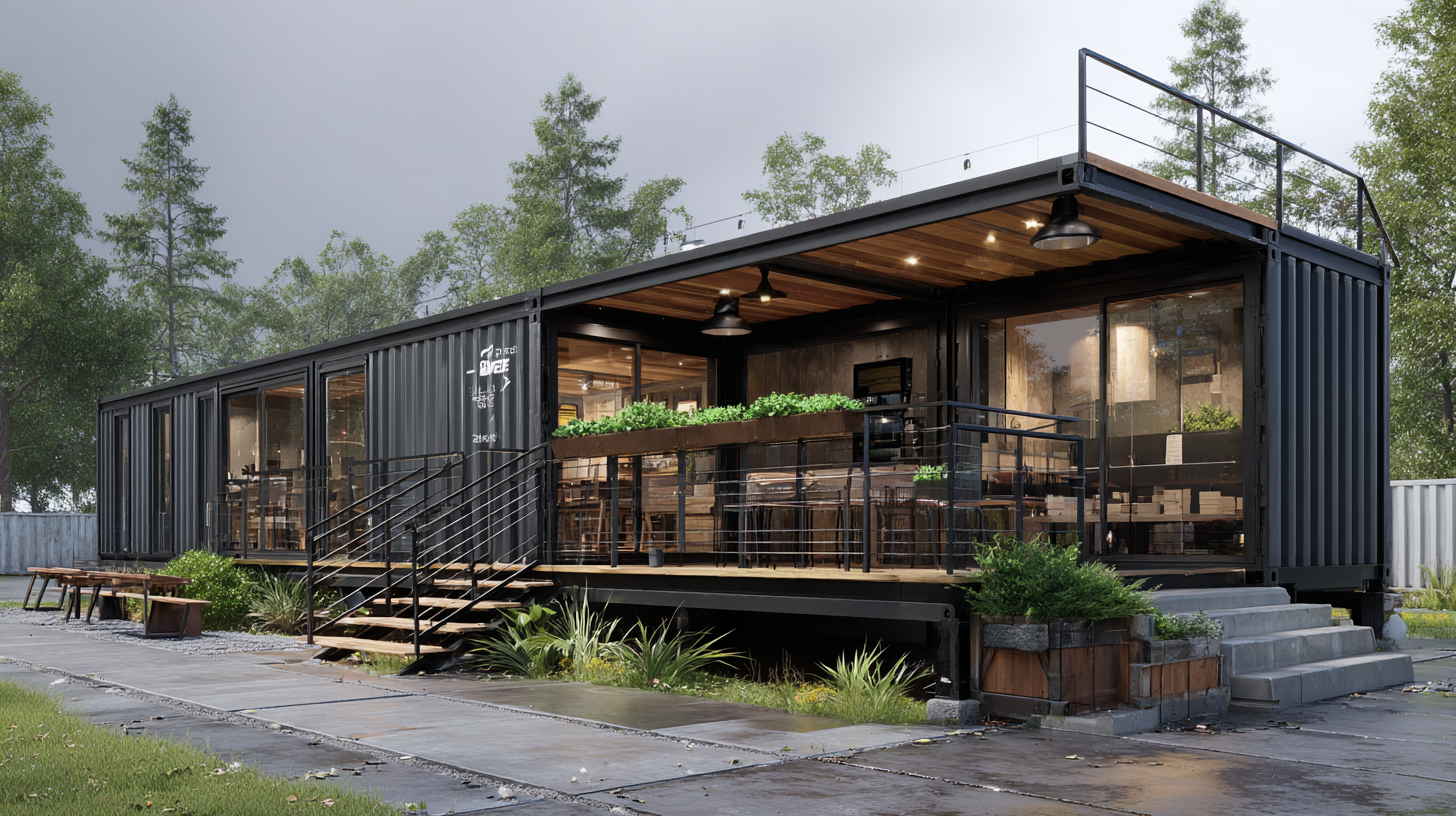
Designing efficient layouts in modular container homes is crucial for maximizing space and minimizing waste. By carefully planning the positioning of rooms and utilizing every nook and cranny, homeowners can create functional living areas that feel spacious despite the limited square footage. Open floor plans often work well, allowing for flexibility in how spaces are used. For instance, merging the kitchen and living area can encourage social interaction while reducing the need for additional walls, which in turn minimizes the materials required during construction.
Additionally, incorporating multifunctional furniture can significantly enhance the utility of each space. Items like foldable tables, convertible sofas, and built-in storage solutions can transform a small area into a versatile environment that adapts to different needs. This not only optimizes the layout but also contributes to waste reduction by decreasing the number of furniture pieces needed. Thoughtful design choices, like strategically placed windows for natural light and ventilation, further improve livability while minimizing reliance on artificial heating and cooling, making container homes a more sustainable choice overall.
| Aspect | Details | Benefit |
|---|---|---|
| Modular Design | Pre-fabricated components that can be assembled on site | Reduces on-site construction time and waste |
| Material Selection | Use of recycled and sustainable materials | Minimizes environmental impact and reduces waste |
| Layout Efficiency | Designing open floor plans to maximize space utilization | Enhances livability and reduces material usage |
| Waste Management | Implementing a robust waste recycling system on-site | Significantly lowers construction waste sent to landfills |
| Energy Efficiency | Incorporating solar panels and insulation | Decreases long-term energy costs and carbon footprint |
Implementing innovative waste reduction techniques during the construction of sustainable modular container homes is crucial for minimizing environmental impact. According to the United Nations Environment Programme, construction waste accounts for approximately one-third of all waste generated globally. By adopting modular design principles, builders can significantly reduce material waste, as prefabricated components are manufactured with precision and typically yield higher material efficiency.
One effective technique is the use of recycled materials in container home construction. For instance, using repurposed shipping containers helps divert steel from landfills, reducing the demand for new materials. A report from the World Bank indicates that utilizing recycled materials can decrease overall construction waste by up to 30%. Additionally, incorporating a digital project management system can help track materials more effectively, ensuring that every component is accounted for and minimizing excess.
Tips:
As the urgency for sustainable housing solutions continues to rise, integrating renewable energy sources into modular container homes is a strategic approach. Recent studies indicate that buildings account for approximately 40% of global energy consumption. By utilizing renewable technologies, such as solar panels and wind turbines, container homes can significantly reduce their carbon footprint. Notably, Habitat for Humanity recently launched solar-powered shipping container homes, demonstrating the feasibility of combining eco-friendly design with modern energy solutions.
When building sustainable modular container homes, consider the following tips: First, opt for energy-efficient appliances, which can decrease electricity usage and improve overall sustainability. Additionally, incorporating a green roof can help manage rainwater and offer insulation benefits, further enhancing the building's energy efficiency. Lastly, invest in smart energy management systems to monitor and optimize energy consumption effectively.
The movement towards sustainable container homes is not just a trend; it represents a crucial shift in addressing the housing crisis while safeguarding the environment. By leveraging renewable energy sources, these homes are proving to be both practical and beneficial in promoting a greener future.
This chart illustrates the estimated reduction in construction waste when utilizing sustainable practices in building modular container homes. The data highlights the potential impact of implementing renewable energy sources and efficient construction methods.
